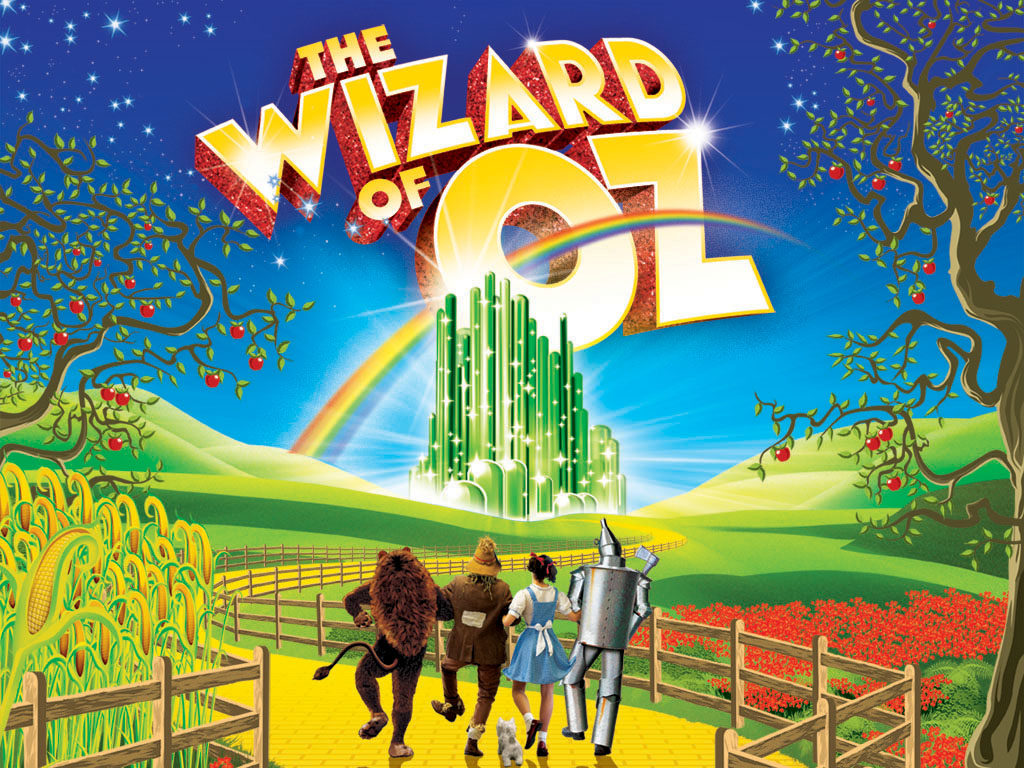
Sixth and 7th grade students will study the History of American Pop Music. Part of the class requires to watch and discuss the following types of videos or documentaries while the student writes down facts: biographies of the groups related to the decade and genre we are studying; songs performed by the artists; documentaries on related topics and how they relate to our social, political, and cultural world around us. Videos and PBS documentaries are not random and add a lot of visual and interest to the topics, groups, and genres being discussed. They are a good representation of the different styles and movements outlined in the text we use. I also provide additional information from an array of books from my personal library that I have used at the University level for many years while teaching this class. The visual aspect of the class provides interesting insights and information that can assist in the understanding of the music and the recording artists. Recordings by these artists and producers should be included in a comprehensive classroom presentation.
The History of Rock and Roll also details the most important rock styles, how they evolved, and their important artists, as well as a listing of key recordings in each. The text and videos also contain biographical information on recording artists, composers, producers, DJs, record executives, and other figures relevant to the history of the music. It is my hope that any interested student of the music will find the text and visuals to provide a wealth of information that will nurture an understanding of the music and its place in our cultural fabric.
American Popular Music
Think Rock, Dettmar, 2011, Prentice Hall Pub./Teacher resources
Course Description: A listening survey course, with a chronological approach, covering the years 1950 to the present. Emphasis will be on both the music and the sociological climate, focusing on cultural and environmental factors, reflected and advocated by the music.
Course Content: The course will examine rock music from its roots to its appearance in the 1950s to its evolution throughout the 20th century. A main focus of the course will be the cultural aspects reflected in and affected by this popular music.
Course Objectives:
- To gain an understanding and appreciation for rock music.
- To gain an understanding of the social environment of each era of rock music.
- To gain an understanding of the causes of the changes in rock music.
- To gain an understanding of the cultural issues dealing with rock music.
- To gain an understanding of the effect of rock music on culture.
- To learn about pivotal rock artists, groups, composers, and related individuals in the industry.
Course Specific Competencies: To recognize the impact of decisive ideas and events in human heritage.
Upon completion of the course, students should be able to:
- Demonstrate knowledge of representative individuals and groups in the rock music industry.
- Demonstrate knowledge of the various styles of rock music from the 1950s through the 1990s.
- Demonstrate knowledge of the key performers/composers of rock music.
- Demonstrate knowledge of the cultural issues that are reflected in and changed by rock music.
General Education Competencies: Through this course students will acquire and develop abilities in the following areas:
- Writing: to communicate effectively using standard written English.
Assessment: variety of written assignments including unit assignments, reports, and essays.
- Reading: to analyze, summarize, and interpret a variety of reading materials.
Assessment: reading assignments from text and other required sources.
- Integrated learning: Rock music will be studied in light of social and political events and trends, and the impact of these on rock music development.
- A goal of this course is to understand the inherent value and role of a particular rock style even when it differs from personal taste.
Syllabus
Overview of Class and Chapter 1: The Prehistory of Rock and Roll (Tin Pan Alley composers)
Continue with Tin Pan Alley composers
Tin Pan Alley composers
Tin Pan Alley overview and Test 1 Chapter 1 and teacher notes
Chapter 2: The “Birth” of Rock and Roll (Louis Armstrong and Big Band) side notes
Chapter 3: The Establishment Strikes Back
Review for Test 2: Chapter 2 and 3
Chapter 4: American Bandstand, Teen Idols, and Race Lines
Chapter 5: Changin’ Times
Chapter 6: The British Invasion
Chapter 7: The Summer of Love and Psychedelic Rock
Review (Test 3: Chapter 4, 5, 6, 7)
Chapter 8: Sirens, Soul Singers, and Sellouts
Chapter 9: Disco, (Eagles/Carpenters/ side notes)
Latin Music Crosses over (Book and Teacher notes)
(Test 4: Chapter 8 and 9 plus side notes: Eagles, Carpenters, Latin)
Chapter 10: New Wave & Synth Pop
Chapter 11: Alternative Rock (1982-1987)
Chapter 12: American Punk: the Second Wave (1987-1994)
Chapter 13: Hip –Hop and rap (1973-)
Chapter 14: Smooth Sounds, Slick Packaging: the persistence of Pop (1994-)
Chapter 15: Hyphenated-Rock & Explorations of the Postmodern Self (1994-)
Chapter 16: Remix Culture
Spanish: PP3; Pre-Kinder; Kinder; 1st Grade
This curriculum is based on a lot of educational videos and games provided by the school-adopted company, Languagenut.
First-Nine-Weeks
Unit 1: About Me (Green Coded Sections)
- 1 Me
- 2 Greetings
- 3 Numbers 1-10
- 4 How Old Are You
- 5 Family Members
- 6 Languages
Second-Nine-Weeks
Unit 2: Hobbies and Pets
2.1 Useful Phrases
2.2 Numbers 11-20
2.3 I Like to Play
2.4 In the Playground
2.5 Hobbies
2.6 Pets
Third-Nine-Weeks
Unit 4: How I Look
4.1 Body Parts
4.2 My Face
4.3 Describing Myself
4.4 Describing Other People
4.5 More Body Parts
4.6 Days of the Week
Fourth-Nine-Weeks
Unit 5: Animals, Colors, and Sizes
5.1 More about Pets
5.2 Farm Animals
5.3 Zoo Animals
5.4 Animals in Nature
5.5 Colors
5.6 SizeW
Ms. Quintero
Music PP3-7th and 7th grade have music and theatre
nquintero@unitedday.org